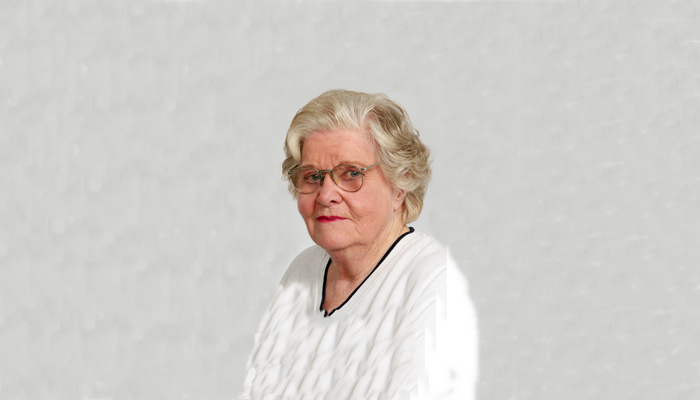Computer programming has steadily advanced in innovation. Nowadays, the aim of computer programming is to provide user convenience by developing several user friendly and useful software applications. Some latest news from mid November until early December about new software innovation.
Computers Have Now Become Artists (Nov 23, 2015)
Source: Umea University
Could we have ever imagined that machines could understand drawings and paintings and draw images much like humans? This imagination has become real. This concept has been given light by Researcher Bo Li, in his doctoral dissertation at the Department of Applied Physics and Electronics at Umea University. He has named this method “Interest Curves” and recalls that with the help of this method the computer can redraw an image using curve strokes and recognize objects using these curves.
Detecting False Feedback (Nov 30, 2015)
Source: Inderscience Publishers
This innovation is aimed to identify false feedbacks posted at online rating sites. This is aimed at helping consumers who get carried away into purchasing products by viewing false feedback posted at these sites. The research team of Soon Keow Chong and Jemal Abawajy of the Parallel and Distributed Computing Lab at Deakin University, Geelong, Australia has designed an algorithm to identify and block these malicious feedbacks being sent to the site’s management system and thus make it prone to such attacks.
Therapist Rating
Source: University of Southern California
Therapeutic sessions rely on empathy as their foundations. To know whether a therapist is empathetic, researchers from USC, University of Washington, and the University of Utah have designed a machine-learning algorithm which can rate therapists based on speech recognition. The software takes speech as input and generates an empathy rating. Thus patients can know whether a particular therapist will be of convenient to them or not based on is empathy rating.
Software to Detect Reliability of Apps
Source: University of California – Riverside
The problem with apps according to a new study is that the apps downloaded via Google Play almost 9% of them interact with websites which can be a threat to user security and privacy. To overcome this situation, a team of researchers at the University of California, Riverside is now developing a tool called AURA (Android URL Risk Assessor). This tool has been designed to allow users to assess the riskiness of individual apps before downloading them. This system is currently under improvement to make it more robust and user friendly and will be soon released as open source software.





